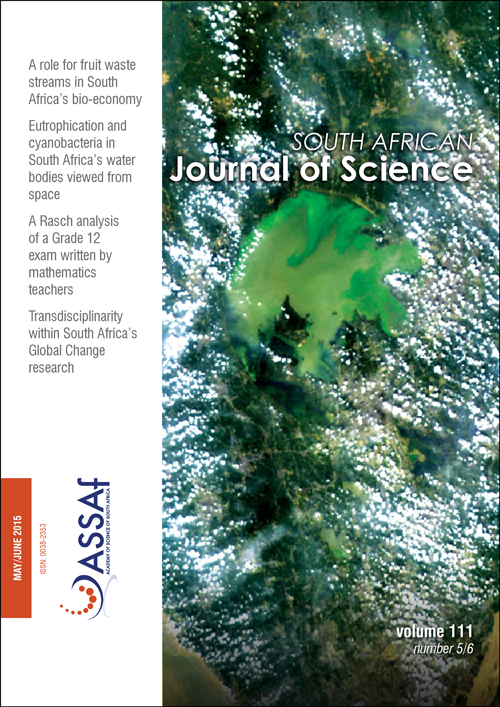Monitoring and evaluating astronomy outreach programmes: Challenges and solutions
DOI:
https://doi.org/10.17159/sajs.2015/20140112Keywords:
astronomy for development, STEM education, science outreach, programme evaluation, monitoring and evaluation frameworkAbstract
A number of tools exist to guide the monitoring and evaluation of science, technology, engineering and mathematics (STEM) education and outreach programmes. Fewer tools exist for evaluating astronomy outreach programmes. In this paper we try to overcome this limitation by presenting a monitoring and evaluation framework developed for the International Astronomical Union’s Office of Astronomy for Development (OAD). The mandate of the OAD is to stimulate sustainable development at an international level and to expand astronomy education and outreach globally. The broad assumptions of this programme are that astronomy has the potential to contribute to human development by means of the transferable nature of its science discoveries, as well as its potential to activate feelings of wonderment, inspiration and awareness of the universe. As a result, the programme potentially embodies a far broader mix of outcomes than conventionally considered in STEM evaluation approaches. Towards this aim, we operationalise our monitoring and evaluation approach by first outlining programme theories for three key OAD programmes: a programme for universities and research, another one for schools, and one for public outreach. We then identify outcomes, indicators and measures for each one of these programmes. We conclude with suggestions for evaluating the global impact of astronomy for development.
Published
Issue
Section
License

All articles are published under a Creative Commons Attribution 4.0 International Licence
Copyright is retained by the authors. Readers are welcome to reproduce, share and adapt the content without permission provided the source is attributed.
Disclaimer: The publisher and editors accept no responsibility for statements made by the authors
How to Cite
- Abstract 673
- PDF 550
- EPUB 220
- XML 313












.png)